The cedar tree is certainly one of the most beautiful conifers, and one of the most majestic, too.
Core Cedar facts
Name – Cedrus
Family – Pinaceae
Type – conifer
Height – 6½ to 130 feet (2 to 40 meters)
Exposure – full sun
Soil – ordinary
Foliage – evergreen
It can reach great heights and live for several millennia.
Planting a cedar tree
How to plant your cedar tree
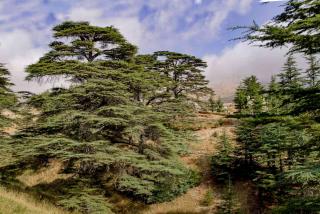
Cedar can resist freezing and cold down to more or less -4°F (-20° C).
The cedar tree has a majestic bearing and can reach impressive sizes, which is why it is best to plant it in an isolated spot far from any dwellings.
It is a good idea to plant cedar in fall to favor root development, even though it’s possible to plant it until spring, while avoiding frost spells.
- It nonetheless likes well drained soil because it abhors stagnating water.
- It prefers sunny but not scorching spots, especially at the beginning of its life.
- Refer to our guidelines on planting shrubs.
Propagating cedar tree
The propagation of a cedar tree is reserved to the most talented gardeners only, because it is a long and arduous process. But practice makes perfect, so why don’t you try to become one of those “most talented gardeners”?
Multiplication requires sowing fertilized seeds collected from the cone-like fruits. The cones must be at least 3 years old. Here is how to multiply your cedar tree:
- The sowing of cedar seeds is performed at the beginning of spring.
- Place the seeds in moist sand, in a cool spot, for about three weeks. This step, where layers of moist sand and seeds alternate, is called cold stratification, or saying you want to cold stratify the cedar tree seeds.
- Sow the seeds in nursery pots and in a sheltered place in seedling soil mix (or ⅔ soil mix and ⅓ sand).
- Keep the substrate a little moist but don’t let it stay wet, because the fragile seeds might mold.
- Transplant your plantules when they’ve produced a couple leaves in a slightly larger pot.
- Don’t transplant to the ground until the following spring.
Caring for and pruning a cedar tree
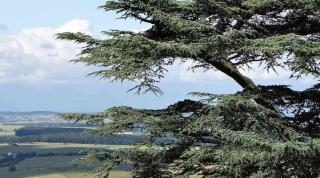
- Regular watering over the first year after planting will ensure it can spread its roots and grow in the best possible environment.
- Mulch will also help retain proper moisture levels in the ground and eliminate weed growth. Pine bark is the perfect mulch for this.
Pruning cedar
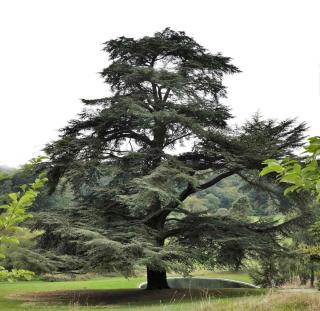
If, however, two tips start competing, it’s possible to cut the less vigorous one.
After many years, it may happen that your cedar tree weakens at some height, which could be dangerous if branches were to start dropping off.
This situation is best dealt with by calling in a pruning professional who will estimate how grave the risk is. If needed, he can be the one to prune your cedar, relying on his extensive experience.
Types and varieties of cedar trees
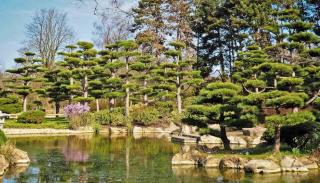
- Cedrus libani or Lebanese cedar tree – Native to Lebanon, as its name shows, it’s a very common variety. Distinctive features are its blue-green foliage and tall stature, over 85 feet (25 m) tall.
- Cedrus atlantica or Atlas cedar – Native to North Africa, Atlas cedar grows very quickly and is extremely ornamental with its elegant, wispy bearing and, again, blue-green needles. The wood it produces is very fragrant.
- Cedrus brevifolia or Cyprus cedar – Not a very common species, it is quite vigorous. It grows up to 85 feet (25 m) tall and what sets it apart are its tiny needles and amazing adaptability: it can grow on any typeof soil.
- Cedrus deodora or Himalayan cedar – It grows well, and its long, horizontal, slightly drooping branches make it look like it is floating in the air. It is vulnerable to late frost spells and can reach heights of 100 feet (30 meters).
The Cedar tree, or Cedrus, must not be confused with the tree that is called Red cedar in the wood industry. Red cedar comes from a variety of giant Thuja, which is native to the West coast of North America, Canada specifically. Red cedar is the wood often used to build houses and large furniture, which takes on a reddish hue as it grows old.
Note that thuja goes by the appellation “cedar” in Canada, which triggered the confusion. But they aren’t members of the same family.
Learn more about the cedar tree
A magnificent conifer, the cedar tree is native to Lebanon, the Middle East and the Himalayan mountain range.
Naturalizing it in temperate regions is perfectly possible, even though this cold-high altitude ancestry is what explains the need to cold stratify the seeds for them to germinate.
Both majestic and very ornamental, it grows very quickly and can live an incredible number of years.
It actually is revered as a symbol of longevity, most certainly because of its own extended lifespan. Specimens exist that are over 2,000 years old! A plant that is highly disease-resistant, it has practically no known foes. Some varieties are grown for their essential oil, like Atlas cedar.
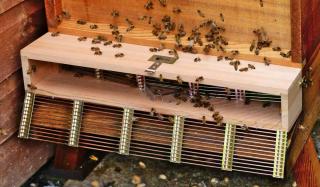
Smart tip about cedar trees
Watering must be regular but not overdone during the first few summers to favor root development and growth of your cedar tree.
CC BY 2.0: Michel Petit

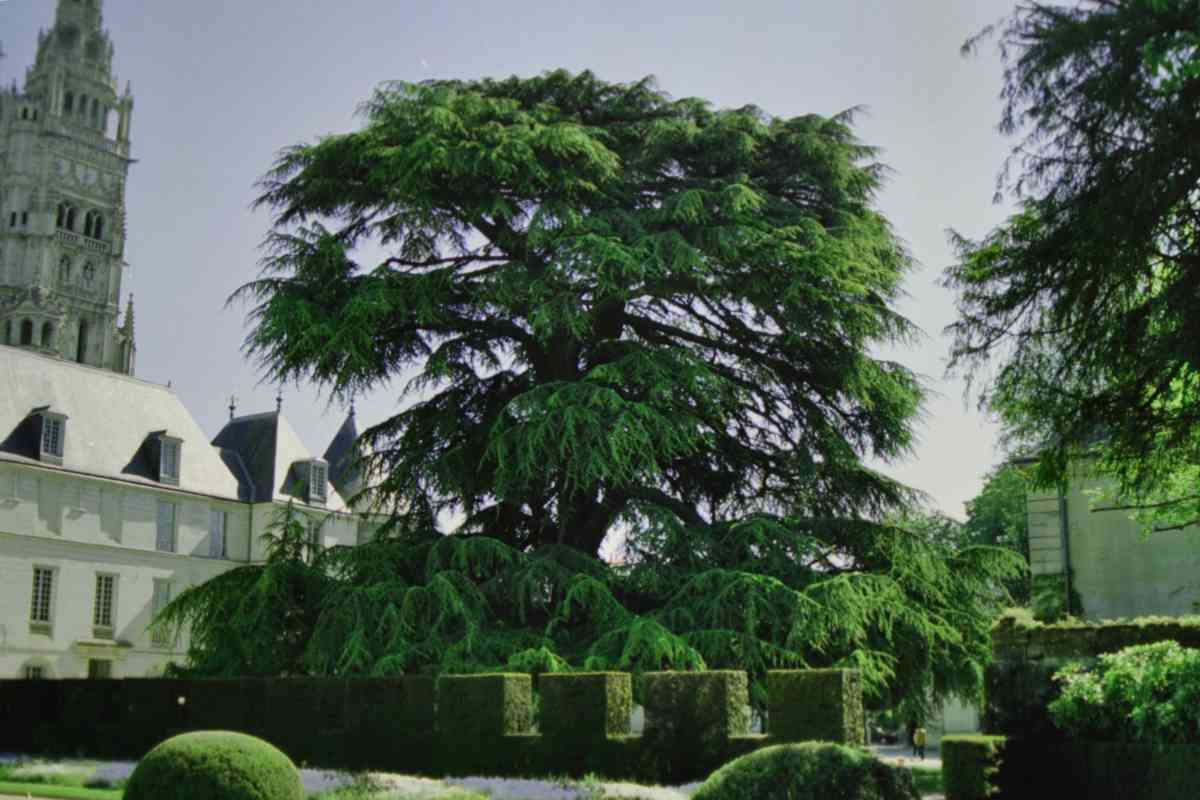
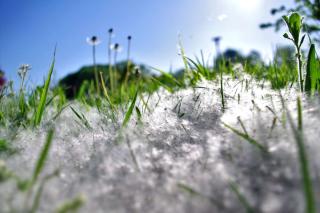
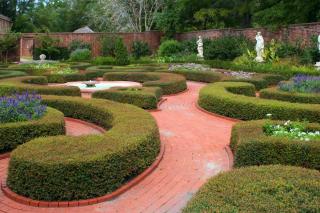
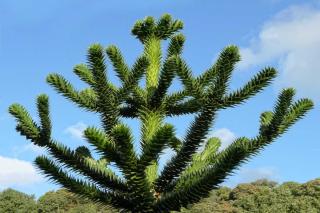
many thanks . Trying to make the best decision here as this is / was a magnificent tree & want to save it
We have a Lebanon 120 ft cedar tree which has lost an enormous amount of green pine needles. We have had geo injection done & are now being recommended that we have air spading done. Is this necessary.?
Hi Anne, each approach aims to solve different problems, but they overlap a little.
Air spading is basically using compressed air to dig out soil. It’s what you would use to remove soil completely. It makes it easy to outright replace the soil (a drastic form of topdressing). Air-spading is also performed when there’s a suspicion of root girdling. This is when roots run around in circles, grow thick, and start choking the tree itself. Happens often on potted plants, for instance. Digging the soil out helps reveal the circling roots and cut them out. Usually, this happens for trees and shrubs that are “trapped” in a large garden box or areas with concrete all around.
Geoinjections, on the other hand, is injecting air in short bursts into the ground to loosen it up, and then injecting extra material to change the soil content. For instance, nutrients or water absorbing materials can be injected which will help the tree feed. Geoinjections are used to lighten clay soil, make waterlogged soil less wet, and replenish depleted soil.
If you’ve already geoinjected, then airspading will actually cancel the work that was done, since the loosened, nutrient-enriched soil is removed. Furthermore, geoinjection usually takes a year or two to produce noticeable effects.
So for me, the only reason you’d need to air spade is if there’s a strong suspicion of root girdling. Hope this helps!